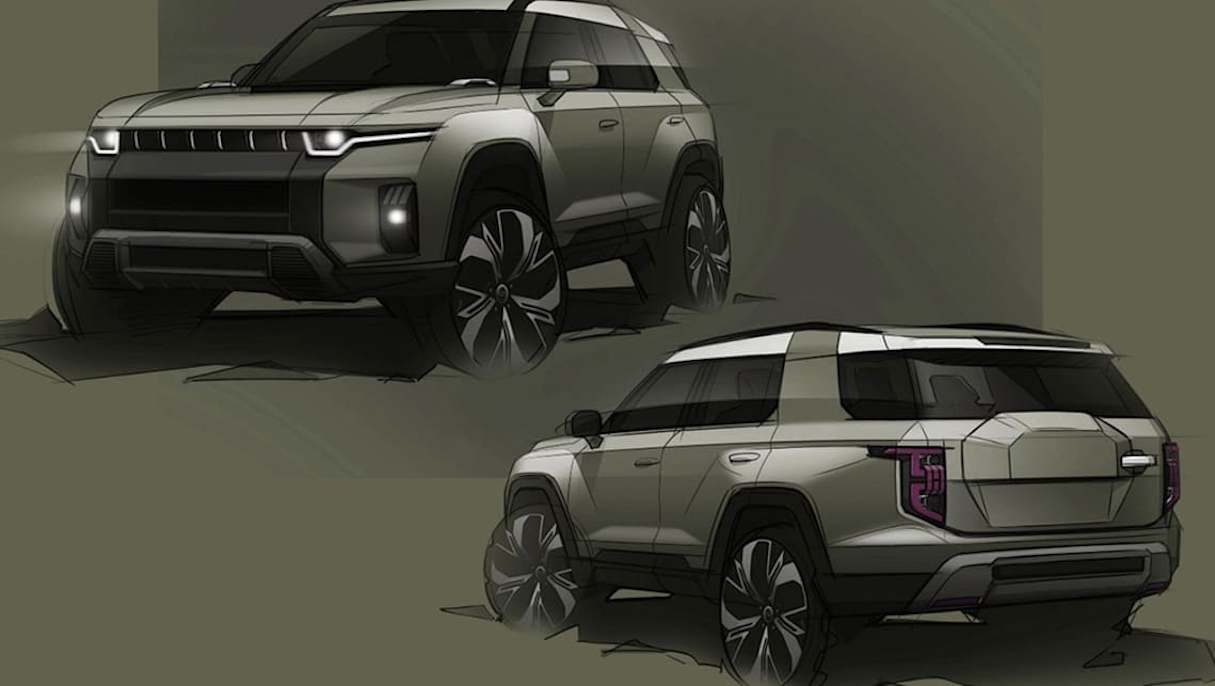SsangYong is back at square one searching for a new parent, now that South Korean truck and bus manufacturer Edison Motors has failed to meet acquisition payments deadlines.
With the Indian Mahindra & Mahindra-owned SsangYong Motor operating under South Korean Chapter 11 bankruptcy conditions since late 2020 as a result of massive debt, the failure to proceed came after the consortium, led by Edison Motors, could not pay an agreed amount of 274.3 billion won ($300 million AUD) by March 25, 2022.
However, SsangYong Australia spokesman John Taylor told CarsGuide that nothing will be changing in Australia from a sales and operations point of view.
“We are continuing as usual and hopeful of rehabilitation with a new investor,” he said.
According to The Korean Herald, a time extension was requested by Edison Motors, which was the preferred bidder in October last year despite struggling with its own financial issues, but SsangYong declined as it has already endured extensive delays under its own business recovery model.
It is also understood that there have been disagreements between management from both brands about the level of technology sharing, future design direction and other operation and product matters, leading industry observers to question their compatibility moving forward.
Now, with a 30.5 billion won ($33 million AUD) down payment already made by Edison Motor, it is expected that legal action will commence between it and SsangYong, as both are reportedly blaming each other for the buyout cancellation.

That said, since SsangYong went into receivership and Chapter 11 bankruptcy following Mahindra’s funding cut some 15 months ago, business conditions have improved, meaning that the company is confident of finding a new owner soon.
What this means for SsangYong’s coming Musso electric ute, co-developed with Edison Motors, is still up in the air at this stage.
As revealed earlier this year in a report by South Korean publication Daily Car, the Rivian R1T and Ford F-150 Lightning rival could arrive as soon as next year, using exceptional battery size choices of between 110kWh and 220kWh, to provide leading electric driving range of up to 1100km.
There are also a number of other new models in the pipeline that may be delayed, some of them electric as well, spearheaded by the J100 – a Toyota Prado-rivalling electric large 4x4 SUV that slots between the Korando and ute-based Rexton and due in the latter half of this year.

Also expected around the same time (if not earlier) in Australia is the Toyota RAV4-sized Korando e-Motion, which employs a 142kW electric motor and 61.5kWh battery pack for over 320km of WLTP-certified range. Key pricing targets include the MG ZS EV and Hyundai Kona Electric, which sit either side of the $50,000 barrier respectively.
SsangYong is also working on the U100 – a vehicle of unspecified shape and description that will be revealed sometime next year using battery technology now under development with Chinese brand BYD. Rumours suggest it will either be a smaller SUV or ute.
Additionally, there is the upcoming production version of the X200 concept – another off-road SUV, that’s smaller than the J100. Targeting the likes of the Ford Bronco and Jeep Wrangler, it features SsangYong’s latest design language. Engines are expected to be combustion-based turbo petrol and diesel units, though they’re being touted as ‘eco-friendly’. Whether the X200 also comes with electrified powertrains is unknown, but don’t bet against it.
There’s a lot going on, so stay tuned, as we’ll bring you more on SsangYong’s next move as the news breaks.





.jpg)

.jpg)
.jpg)

.jpg)


.jpg)

.jpg)


.jpg)
.jpg)
.jpg)
.jpg)
.jpg)
.jpg)

 (1).jpg)



